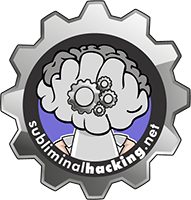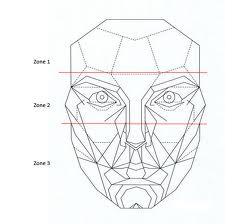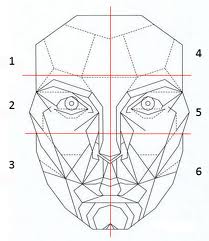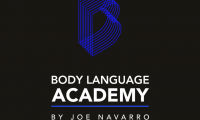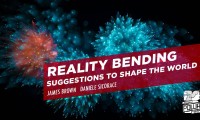Mentalism. I am sure you will have heard the term mentalism, or someone telling you they are a mentalist, and I am sure you probably agreed. Thought they are a nut case, and should be put into a straight jacket and wheeled off to the funny farm. Mentalism in this context is not quite the same.
Wikipedia Definition – In psychology, mentalism refers to those branches of study that concentrate on mental perception and thought processes, like cognitive psychology. This is in opposition to disciplines, such as behaviorism, that see psychology as a structure of causal relationships to conditioned responses and seek to prove this hypothesis through scientific methods and experimentation.
Mentalism is a performing art in which its practitioners, known as mentalists, provide their audiences with a theatrical experience of witnessing or participating in demonstrations that appear to utilize highly developed mental or intuitive ability. These demonstrations may include telepathy, clairvoyance, divination, precognition, psychokinesis, mediumship, mind control, memorization, and rapid mathematics.
When I am thinking of mentalism I am thinking of a combination of perception, performance, and direction. To categorise yourself as a mentalist is something I am sure many people would not consider doing, but many most likely fit the bill. If you are using skills to build rapport, influence behaviour, mimic and read body language, read facial expressions and other such skills, this is essentially what a mentalist performer is doing.
We will cover different levels of skills, and what forms them in later posts, but skills such as cold reading, behavioural analysis and more, can help us all day to day, and especially when we consider social engineering.
A quick example is facial expressions, eye movement that we can use to our advantage. We can use these skills when in general discussion, persuasion, questioning and more. Some of the following is also discussed in regards to NLP, but this is just a simple example to show some commonalities in people when monitoring eye movement.
The face below represents that of an individual we are looking at them straight on. When you ask someone a question you will see eye movement towards a zone that represents their representational system. Remember everyone is different so we need to build up rapport, and monitor, measure and test for accuracy.
Zone 1 represents Visualistic, Zone 2 Auditory, and Zone 3 Kinaesthetic.
When you ask someone a question that requires them to access buried information in their memory, you will notice their eyes look towards their most dominant zone. Some people remember images better (Zone 1), some people remember how something sounded (Zone 2), and others with feeling and emotion (Zone 3).
To start of you need to ask a question that will trigger old memories, and that will get an honest response. A simple example here could be what was your first pet, or who was your best friend at primary school. Someone who visualises this memory will look up, and picture an image. Those who word better off sounds will look to the side, and hear a persons voice, or associated sound. An individual who feels and experience will tend to look down, recalling the great times experienced and the emotions associated. So this demonstrates we are all different, and that the key is asking the right trigger questions to build up a baseline, before probing further. Its abit like a visual lie detector.
If we look to get a better understanding we can go abit deeper. We can look to identify if a memory is actually being recalled, or if someone is making something up.
So you have determined the predominant zone, and we now use this information to gain extra information. Most people are visualistic people, so if you do struggle to identify it clearly, zone 1 is often a safe bet, just be aware.
If we look at the diagram above, if someone is looking towards area 4 they are most likely accessing a memory, if area 1 they are making something up. Similarly if they look to area 6, this may demonstrate a conflicting issue, perhaps touching on a difficult subject. However area 3 would demonstrate a more emotional response. When we see eyes moving between areas 2 and 5, this will verify the auditory nature, and lingering in area 2 it may signal a lie is being thought up.
The key here is to experiment, identify normal behaviour, measure it against normal questioning, and then under interrogation. Obviously there are many books on this, and this is just a brief overview.
So why did I discuss all this. Well one its interesting, but two it is to demonstrate how this information can be utilised, and one of the tools a mentalist may use to convince someone of their psychic abilities.
With this information we can not only use it to spot who is cheating, we can use this information for other benefits. So when we are explaining something, trying to get someone to buy in. We can focus our language according to the visualisitic, auditory and kinaesthetic representations to improve our chances of success.
Sorry for poor image quality, they are a lose res recovery due to a hardware failure in Nov 2013








